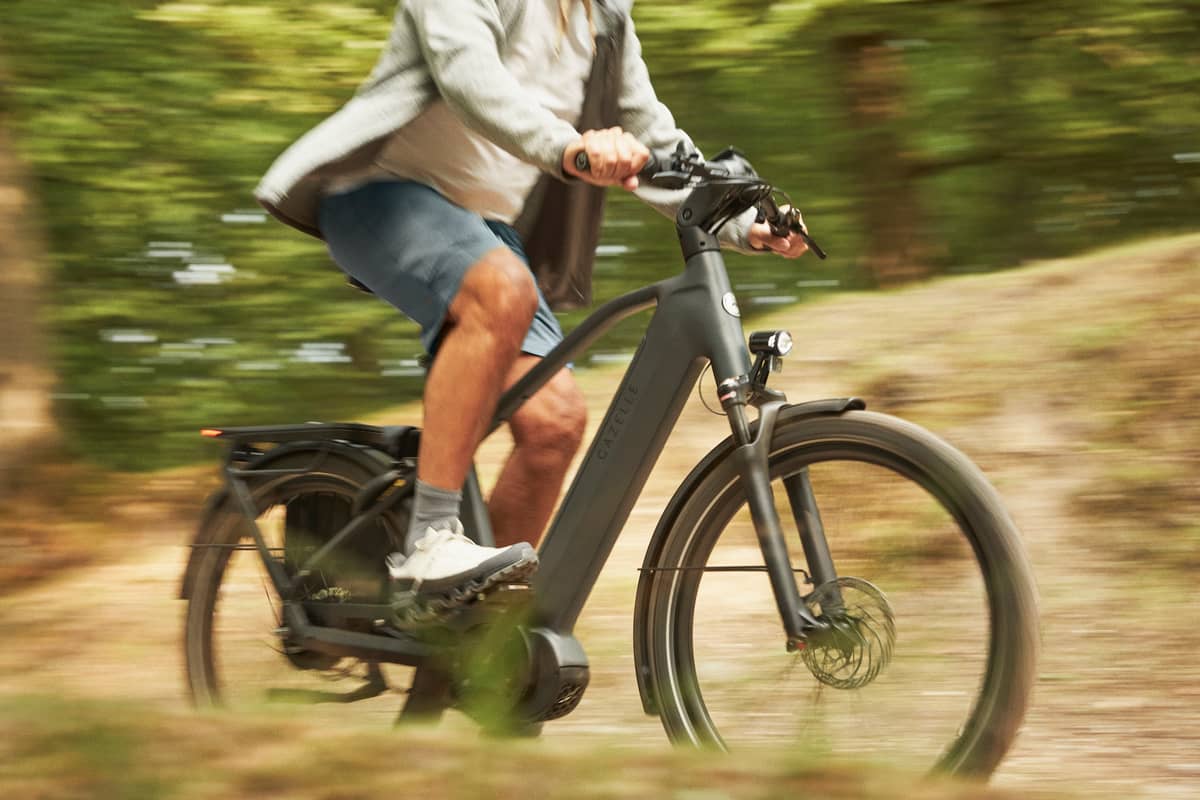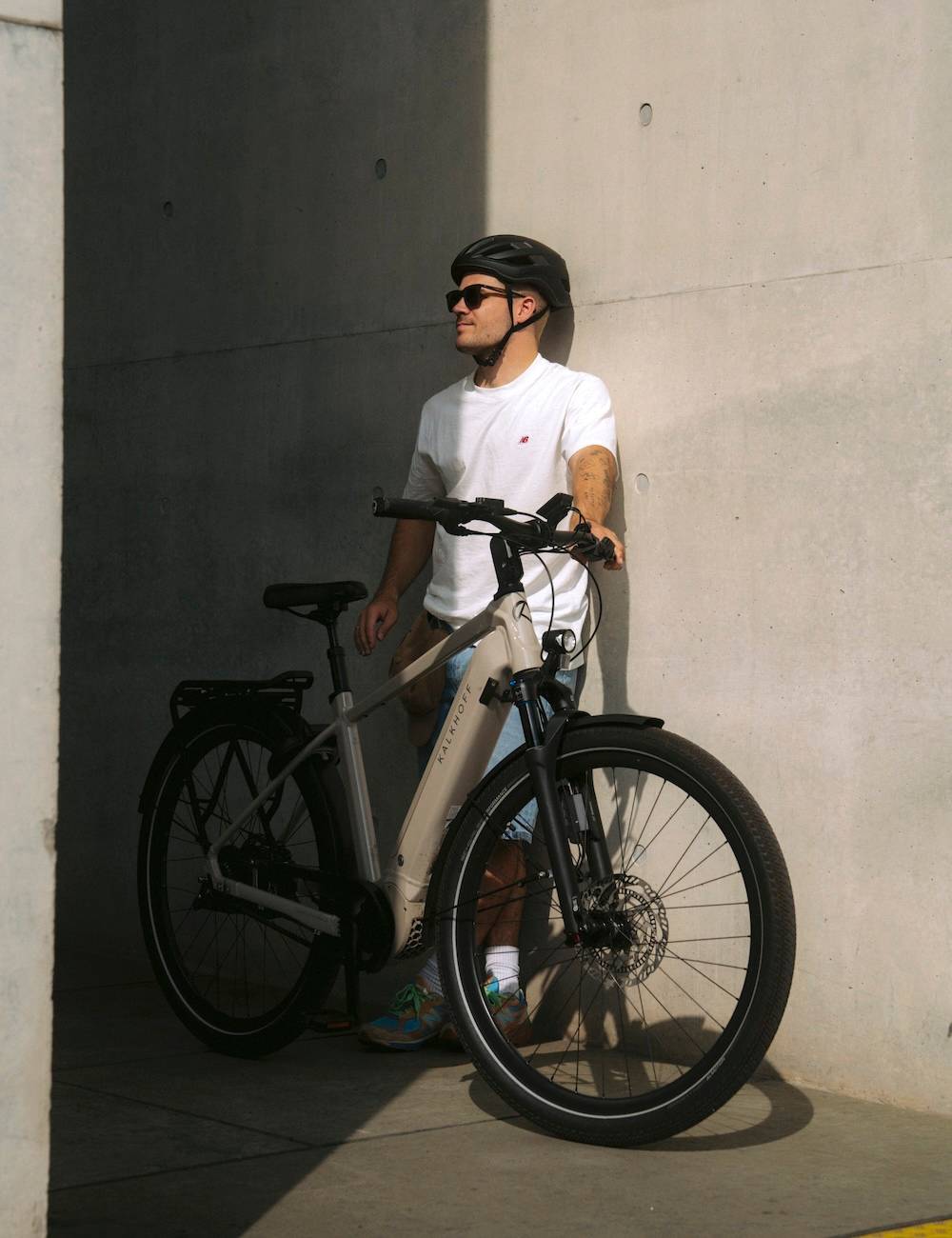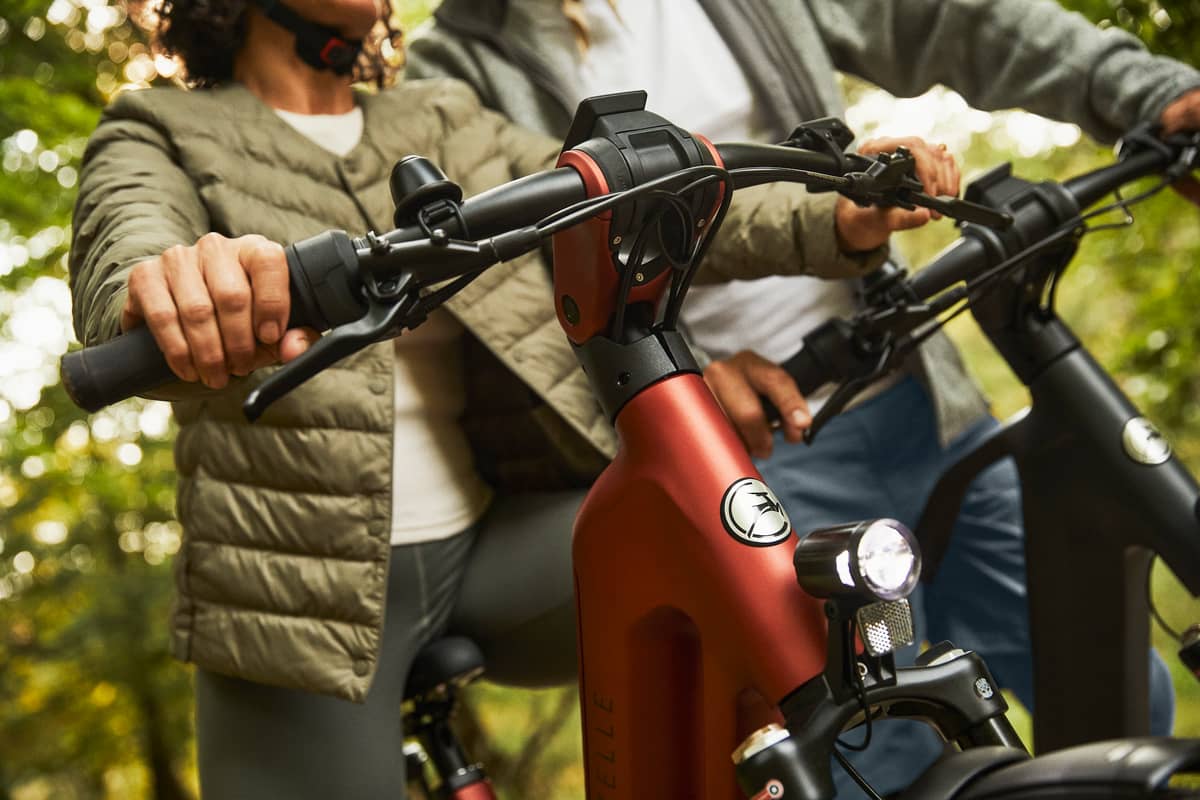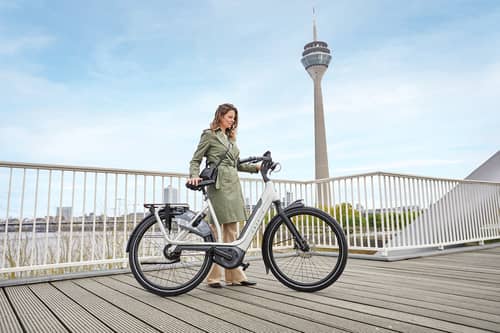
The market for electric two-wheelers has developed rapidly in recent years. In addition to the ever-popular e-bikes (pedelecs), there is another category: the so-called S-pedelecs. But what exactly is an S-pedelec? What advantages and disadvantages does it offer compared to an e-bike? And what is the difference to classic bicycles, also known as pedelecs?

With assistance up to 45 km/h, the S-Pedelec is particularly attractive for longer commutes or for people who want to get from A to B quickly. You can make much faster progress than with a normal bike or e-bike.
For many commuters, the S-Pedelec is an attractive alternative to the car. It causes no direct emissions and therefore helps to reduce environmental pollution.
Similar to a normal e-bike, you also have to pedal on an S-pedelec. This stimulates the circulation and keeps you fit while still providing motorized support.
In terms of maintenance costs (insurance, servicing), an S-pedelec is significantly cheaper than a car. There are no fuel costs and wear and tear is often lower.
Due to its classification as a moped, the S-Pedelec is subject to stricter regulations. Helmet requirements, compulsory insurance and the need for a driving license restrict use for some people.
As S-pedelecs are considered too fast for cycle paths, they must be ridden on the road. This can be particularly inconvenient in cities where there is a lot of car traffic.
S-pedelecs are generally more expensive than normal e-bikes or bicycles. The technology that enables higher speeds is more complex and costs more.
Depending on the battery capacity, the range may be limited, especially at higher speeds, which require more energy. The battery may need to be recharged more frequently over long distances.

Speed meets flexibility
The S-pedelec and the e-bike differ not only in their speed, but also in their flexibility and use. While the e-bike offers assistance up to 25 km/h and can be ridden on cycle paths without any problems, the S-pedelec with its assistance of up to 45 km/h is restricted to the road. For commuters who want to cover faster distances, the S-pedelec offers clear advantages, but at the cost of more regulations such as mandatory helmets, insurance and a driver's license. The e-bike, on the other hand, remains the less complicated choice for leisure rides, shorter commutes and riding in the city.

E-bikes have established themselves as a permanent fixture in urban areas, i.e. cities, and are enjoying great popularity. In rural areas, they are also gaining more and more fans, as they are motorized in an environmentally friendly way, making it easier to cover longer distances. The motorization of e-bikes offers a real advantage over non-motorized bicycles.

Bike leasing is becoming increasingly popular among employees and employers, as it not only promotes environmentally friendly mobility, but also offers other advantages.

At a time when the focus is on environmental awareness and sustainable mobility, the company bike is becoming increasingly important as an ecological alternative to the company car, especially in urban areas. It's a good thing that there is a wide range of company bike options available. It can be difficult to decide on the right model. We have taken a close look at various types of company bike and examined their individual requirements.
